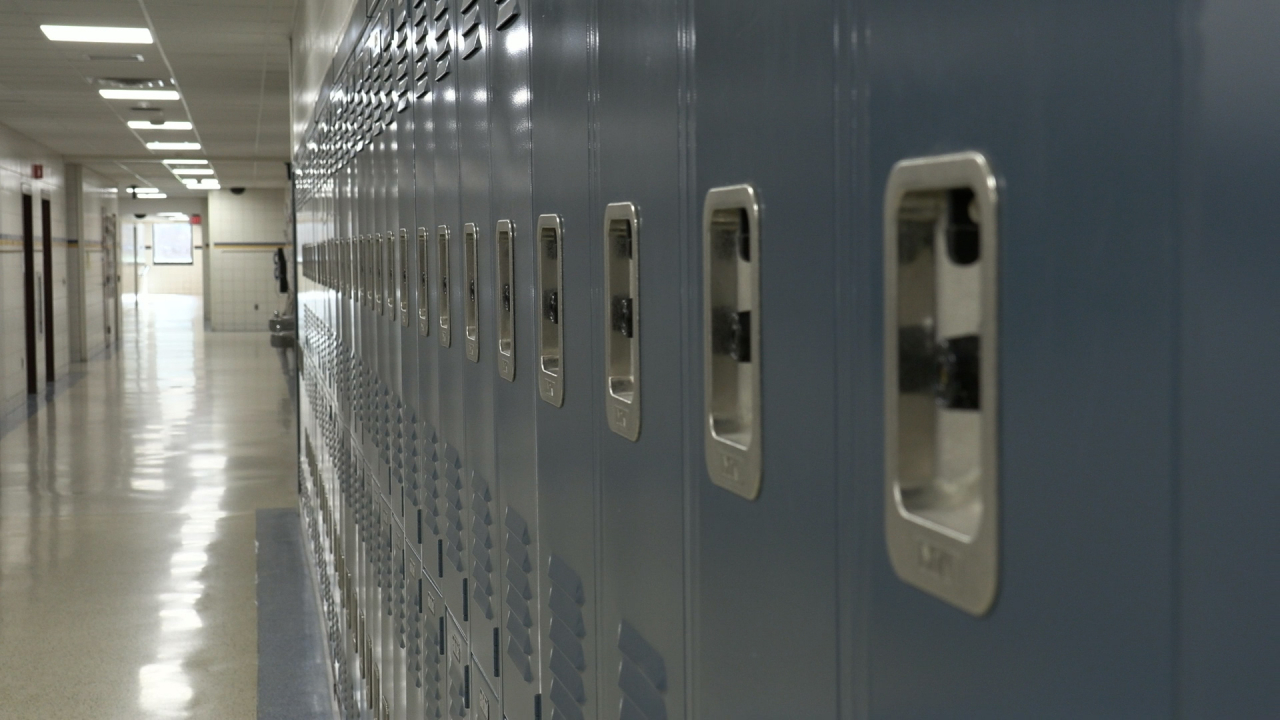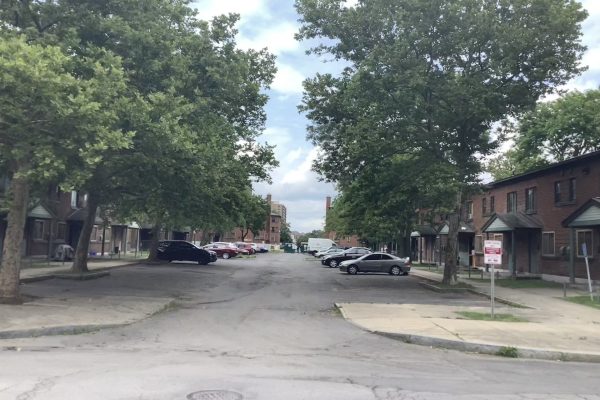
SYRACUSE, N.Y. (NCC News) – School shootings are occurring more frequently in today’s society but now they have inspired a familiar trend to return. “Swatting” as it’s called, is the act of contacting schools or law enforcement with a false threat of an active shooter or bomb threat. The intentions can vary from a prank, to attempting to receive and ransom or the malicious intent to invoke fear into the public.
What ever the intentions may be, the reactions are always the same. A public frenzy that raises fear and anxiety. This dangerous trend puts more pressure on schools and law enforcement to sift through what is a real threat and what is a hoax. For schools, this can take away from the original purpose and job of educating students. Now, the top priority has been protecting them. This has become increasingly challenging with the advancement in technology like BOTs and artificial intelligence, or A.I. These allow threats to come in at random, with no reason to the location or school. It also allows for these threats to occur at an alarming high rate.
Right her in Central New York, six swatting calls were received in one day to schools across the state. According to OnBoard, a New York State School Board newspaper, these calls could be traced back to their origin, as far as Canada.
As Superintendent of the Central Square School District, Thomas Colabufo must always take each threat seriously, saying,
“The whole fact that why swatting becomes such a problem for us is that people can just initiate this without ever being in the area.” Says Colabufo,”And there’s not a principal or superintendent out there that would just be disregarded it, because what if somebody was in the building that made the call that originated all of this? So that’s where the problem really begins.”
This isn’t the only concern for schools, according to Colabufo.
“This changes the game because when it’s not actually directed towards the district, it’s just randomly whichever building that it comes up. That case happened in Westhill. It could have easily been West Gennessee or it could have been Central Square and then those calls come in. If I received that call from the trooper saying, ‘we just received this call’, we obviously have to go into lockdown. So the scary thing is, if that’s done repeatedly to the same schools, same districts, eventually those districts are going to just believe, ‘well, this is just another one of those things.’ So it’s like the boy who cried wolf.”
As for law enforcement agencies, these false claims waste their time and could distract them from protecting against real dangers or crimes. Chief of Campus Safety at Syracuse University, Craig A. Stone, reaffirms this saying,
“Well, it creates a drain on our resources.” Stone says, “You know, your first responders, your dispatch staff, it takes us away from a real problem.”
Then there’s the mental health aspect to consider whenever these calls are made. Molly Tarsel has been a psychologist at Cazenovia High School for three years. She explains what impact this can have on not only students, but faculty as well.
“It’s one more thing to have to worry about.” Tarsel says. “With the high school level, with the teenage mind, there’s already enough going on for them. So, I feel like kind of adding this on and adding that on for teachers and staff to it’s a lot. Knowing that coming to a school building, where kids are educated could also be a dangerous place too and that something could happen. So, I think that affects people, and that kind of takes a toll.”
With all the dangers and side effects surrounding swatting, one thing is for sure. Our society must continue to be hyper-vigilant. For schools and law enforcement, they will continue to adapt to these threat in order to keep the community safe.




